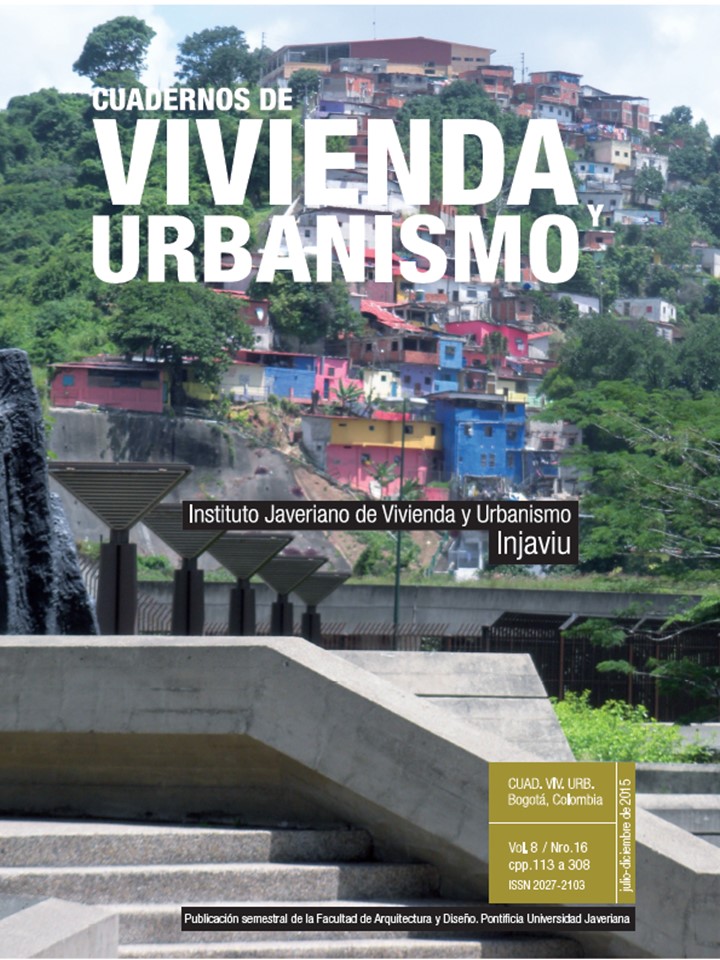Resumen
Este trabajo explora los problemas urbanos que aquejaron a Temuco (Chile) entre 1955 y 1970 y la manera como la institucionalidad intentó resolverlos. Para reconstruir la historia del desarrollo urbano local, se acudió a fuentes primarias, archivos de prensa, registros de la intendencia regional y actas de los Concejos municipales. Los resultados indican que, en aquel entonces, la ciudad experimentó un fuerte crecimiento poblacional derivado de la migración campo-ciudad, generada por el modelo ISI, lo que originó una serie de inconvenientes como pavimentación, congestiónn vehicular, falta de servicios básicos y la carencia de viviendas. Se concluye que los esfuerzos institucionales centralizados provocaron soluciones lentas y poco adaptadas a la realidad local e intensificaron los efectos de los problemas y contribuyeron a desestabilizar el equilibrio entre las esferas de la sustentabilidad.
Esta revista científica se encuentra registrada bajo la licencia Creative Commons Reconocimiento 4.0 Internacional. Por lo tanto, esta obra se puede reproducir, distribuir y comunicar públicamente en formato digital, siempre que se reconozca el nombre de los autores y a la Pontificia Universidad Javeriana. Se permite citar, adaptar, transformar, autoarchivar, republicar y crear a partir del material, para cualquier finalidad (incluso comercial), siempre que se reconozca adecuadamente la autoría, se proporcione un enlace a la obra original y se indique si se han realizado cambios. La Pontificia Universidad Javeriana no retiene los derechos sobre las obras publicadas y los contenidos son responsabilidad exclusiva de los autores, quienes conservan sus derechos morales, intelectuales, de privacidad y publicidad.
El aval sobre la intervención de la obra (revisión, corrección de estilo, traducción, diagramación) y su posterior divulgación se otorga mediante una licencia de uso y no a través de una cesión de derechos, lo que representa que la revista y la Pontificia Universidad Javeriana se eximen de cualquier responsabilidad que se pueda derivar de una mala práctica ética por parte de los autores. En consecuencia de la protección brindada por la licencia de uso, la revista no se encuentra en la obligación de publicar retractaciones o modificar la información ya publicada, a no ser que la errata surja del proceso de gestión editorial. La publicación de contenidos en esta revista no representa regalías para los contribuyentes.


